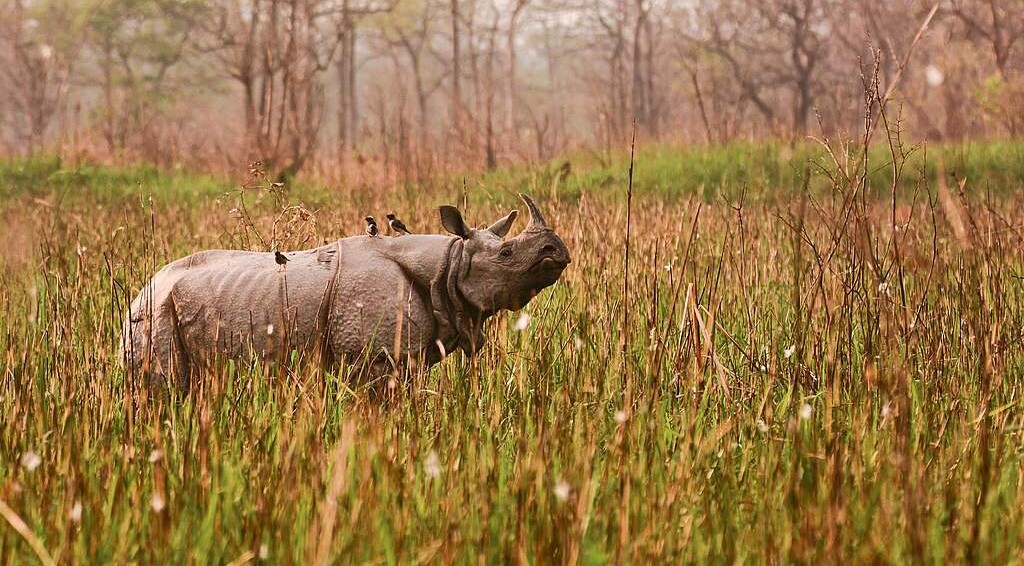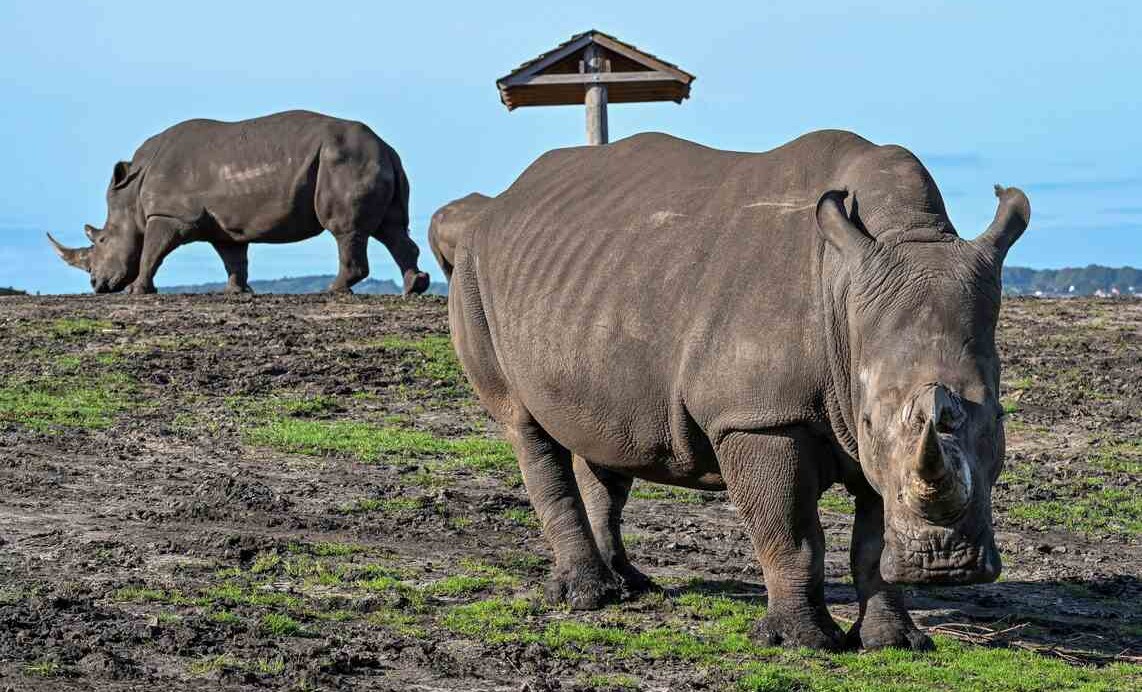I’d never seen a flying rhino before. Then again, I’d never visited the lowland rainforest of Borneo. This is the main stronghold of the rhinoceros hornbill, one of the largest and most imposing of its bizarre family.
So when a huge black-and-white bird flew out of the forest canopy, I was suitably impressed. I was most struck by its huge and prominent bill, topped with the orange-tinted and uniquely up-curved casque, the horn-like protuberance that gives the species its name.
The rhinoceros hornbill, colloquially known as the rhino, is the only bird in Borneo’s ”big five”, along with the pygmy elephant, proboscis monkey, orangutan and estuarine crocodile, all of which we also managed to see.
It was one of no fewer than seven species of hornbill we encountered during our trip to this wildlife-rich island on a visit to the 14th Borneo bird festival, run by the Borneo Bird Club and Sabah Forestry Department.
Many of our most memorable sightings were at the Tabin wildlife reserve, the largest in Malaysia, covering 300,000 acres (121,000 hectares) in the eastern part of Sabah state.
We caught up with elusive mammals such as the leopard cat and Bornean striped palm civet, along with endemic birds such as the jewel-like blue-headed and black-crowned pittas, shy inhabitants of the forest floor.
But even among these star species, the rhinoceros hornbill stood out. After all, it’s not often you come across a flying rhino.
This article by Stephen Moss was first published by The Guardian on 13 November 2024. Lead Image: The rhinoceros hornbill is one of the largest and most imposing of its bizarre family. Photograph: Fazry Ismail/EPA.
What you can do
Help to save wildlife by donating as little as $1 – It only takes a minute.







Leave a Reply